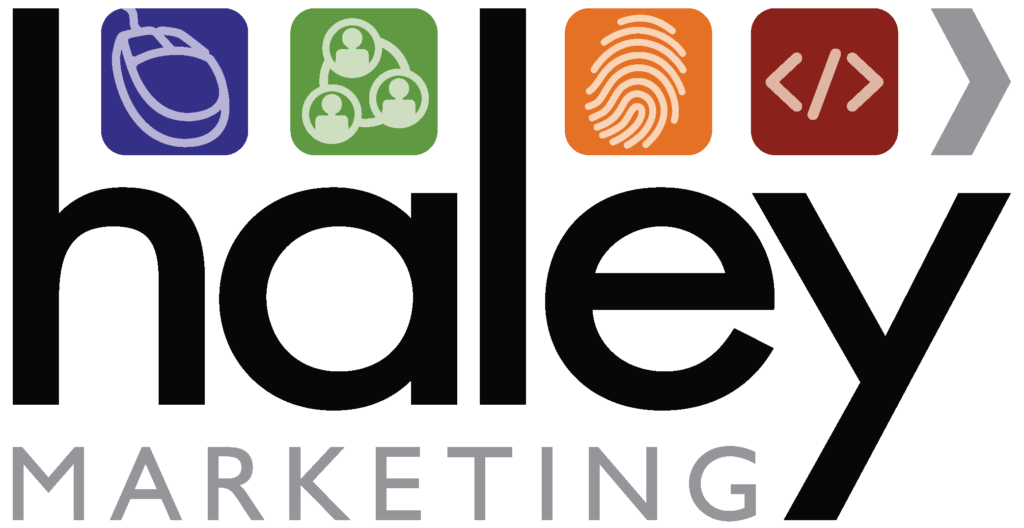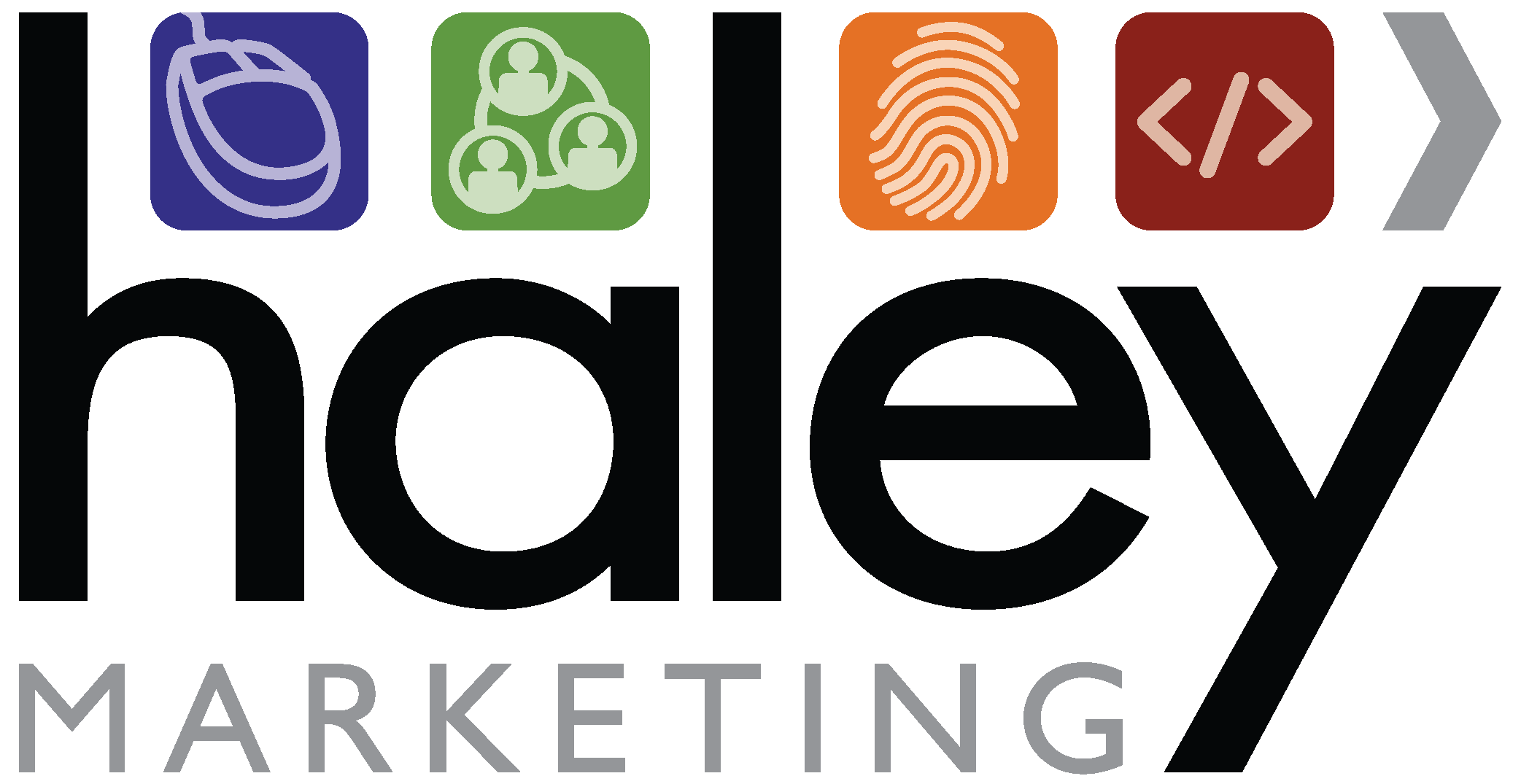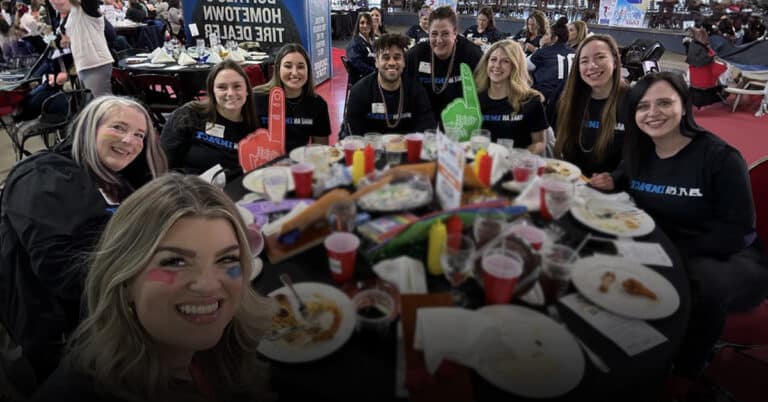Staffing agencies and recruiters have all experienced this problem when posting numerous jobs to job boards.
This example features 10 jobs on a job board. Job A is receiving ZERO applications. Job B is receiving 100 applications.
Both of those results aren’t desired.
Why?
Yes, 100 applications are fantastic, but to fill an open job, does a recruiter really need 100 applications? Probably not.
Yes, zero applications are not good for anyone. It’s impossible for a recruiter to fill a position that receives zero applications.
So how can that be solved?
Introduce one of the main benefits of programmatic advertising.
Application Caps in Programmatic Advertising
There are a number of different definitions in programmatic advertising, one of the best methods to implement the technology comes in application caps.
Let’s jump back to our example above.
We have one job with 100 applications and one job with zero applications.
How can we improve that problem? It starts with the information we need to know before posting the jobs.
For Job A, let’s say your recruiter knows they need 10 applications to fill the open position. For Job B, let’s say the recruiter needs 20 applications to fill the open position.
Enter programmatic technology.
Yes, It’s That Simple
By using programmatic technology and the correct software program, we can set those rules in the initial setup of the campaign.
Tell the software that Job A needs 10 applications. Tell the software that Job B needs 20 applications.
Now let the programmatic technology do the work.
Advertising spend goes toward those two jobs to drive the applications you need for that position. The software will work to meet those goals. Once the goal is reached, the spending for the positions is turned off (or switched to other jobs.)
No more wasted spend. No more stacks of applications your recruiters want nothing to do with.
The job gets filled as efficiently as possible and there is zero to little wasted recruitment spend.
What If the Job Isn’t Getting Applications?
Good question!
In the programmatic advertising software, we can set a cost per click bid or a cost per application goal. Let’s say we want to bid $0.25 cost per click for that job or $10 per application.
Remember that we need 10 applications to meet our goal for Job A. After seven days, we have two applications. But, we need 10 applications at the end of a two-week span.
The programmatic software is set up to increase your cost per click bid to meet your goal of 10 applications at the end of the two weeks. That $0.25 CPC can increase to $0.50. That $10 application goal can increase to $15.
Now, it won’t spend endlessly just to reach your goal of 10 applications, but it will do everything within its capabilities to reach your goal. If it can’t reach the goal, that means we have to increase our budget because the market rate for the jobs is below our budget.
How Do We Know How Many Applications We Need?
Another good question!
That comes back to the internal team at your staffing agency. Can you look at your applicant tracking system and determine how many applications came in for a past job? Can you use that data to determine how many applications you need to fill the job?
If you can’t, now is the time to start recording that data. Work with your recruiters. They may have a gut instinct but if we are able to record data, the real numbers will provide better data than gut instinct.
One Last Benefit – Setting a True Recruitment Budget
In the past, how has your staffing agency or team of recruiters set its recruitment budget for job board spending? Was it a percentage of revenue? Was it just a number that “felt right?”
The rules-based bidding will help provide a market value baseline for applications to fill open job orders.
We are going to learn how many applications are needed to fill a specific job. It’s going to be different for a nurse job and a machine operator job.
That’s step one.
Step two comes in knowing how much each application costs. The programmatic software will tell us it costs $5.27 for a machine operator application but $43.79 for a registered nurse application.
Multiple the number of applications we need by the market value of the application cost and we have the total advertising spend for that job. Let’s say we need 10 nurse applications, that brings a total of $437.90 for the registered nurse job.
Extend that budget by taking the $437.90 and multiplying it by the number of open positions. With 10 RN positions to fill, that’s a recruitment spend of $4,379.
That entire number if data-driven. It wasn’t a guess. It wasn’t gut instinct. It wasn’t a number set because it’s what we did in the best.
It’s a number based on an actual result. It might be higher. It might be lower.
What it does is set expectations for the cost of what it takes to fill those open positions.
Leverage Programmatic as Part of Your Recruitment Marketing Strategy
This example of programmatic technology is an awesome benefit. Minimize wasted recruitment spend on jobs that bring in dozens or hundreds of applications you don’t need.
Efficiently set recruitment budgets based on actual data. This allows for better decisions, not only on the recruitment spend but across the entire recruitment marketing process.
At the Haley Marketing Group, we aren’t just focusing on programmatic technology and job distribution to help your recruitment marketing strategies. It also revolves around employer branding, a career site and social recruiting.
Don’t wait to learn how we can help!













